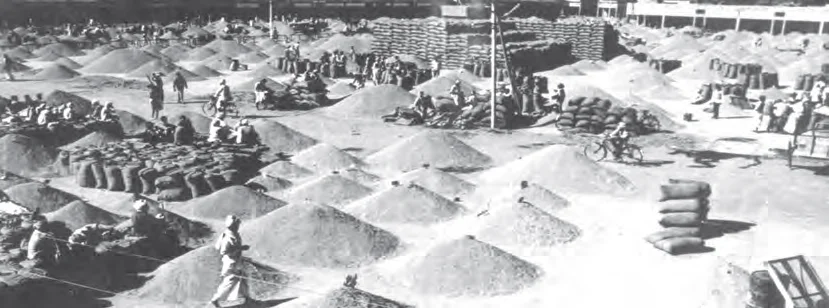![]() 5 Dec 2023
5 Dec 2023
Rural development in India involves various aspects that require attention and fresh initiatives for improving the overall development of rural areas. These areas include:
The availability of credit facilities and efficient marketing mechanisms play a crucial role in Rural Development in India, contributing significantly to the overall economic growth of rural areas.
|
The Poor Women’s Bank ‘Kudumbashree’ is a women-oriented community-based poverty reduction programme being implemented in Kerala. In 1995, a thrift and credit society was started as a small savings bank for poor women with the objective to encourage savings. The thrift and credit society mobilised Rs 1 crore as thrift savings. These societies have been acclaimed as the largest informal banks in Asia in terms of participation and savings mobilised. |
|---|
Role of SHGs in Rural Development in India:
Recent initiatives like the Jan-Dhan Yojana have encouraged all adults to open bank accounts, indirectly promoting thrift habits and efficient financial resource allocation, particularly in rural areas. Over 40 crore people have opened bank accounts through this scheme, and banks have mobilized funds exceeding Rs. 1,40,000 crores through these accounts.
Agricultural marketing involves various processes, including assembling, storage, processing, transportation, packaging, grading, and distribution of agricultural commodities across India.
Four key measures were introduced to enhance agricultural marketing , shaping the landscape of Rural Development in India:

Regulated market yards benefit farmers as well as consumers
Conclusion:
Thus government intervention in agricultural marketing has evolved over time, prompting debates in the context of Rural Development in India. While some argue for reduced intervention to encourage agricultural commercialization, the extent of government involvement remains a subject of debate.
<div class="new-fform">
</div>